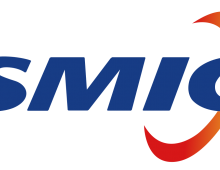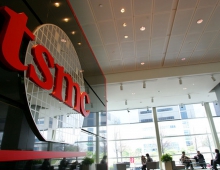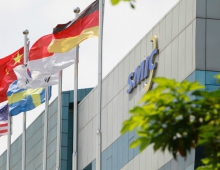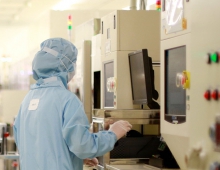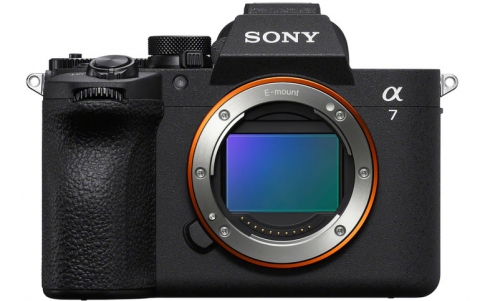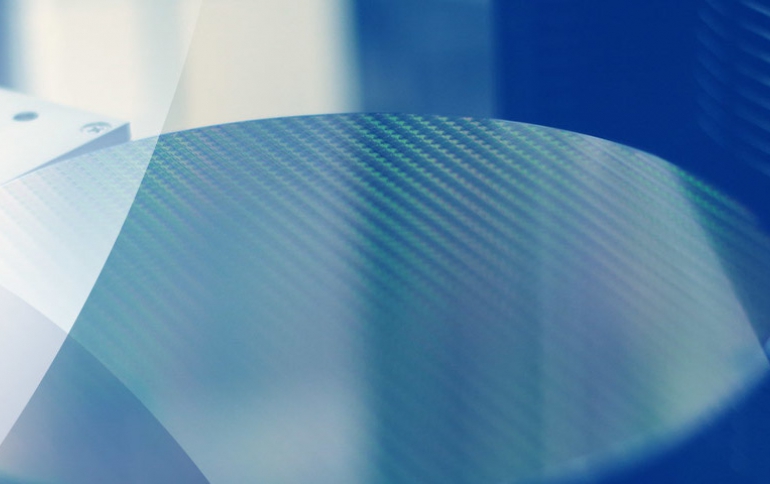
China's SMIC Says Its N-1 Production Process Could Partially Compete With 7nm Chips
Semiconductor Manufacturing International Corporation (SMIC), China’s most advancedand largest foundry, is getting ready to migrate from the 14nm manufacturing process to what the company calls 'N-1' process, which, however, is not a 7-nanometer production process.
SMIC’s current most advanced line in production has a 14 nm process. The next step is N-1, which is expected to go into limited production in the fourth quarter.
During SMIC’s recent fiscal year report conference, the company’s co-CEO Liang Mong Song said that SMIC's N-plus-1 development is closely engaging its customers for upcoming projects that may undergo qualifications later this year. "We are seeing opportunities to address a variety of consumer-related applications from application processors to connectivity for mobile, televisions and the wearables," he said.
During the conferece call, Song Liang was asked how that N-plus-1 compares to the 7 nanometer from like Samsung and TSMC. Below is the response:
"Your last question about this N-plus-1, the definition of the N-plus-1, actually, we refer to our 14 nanometer, okay? And our 14 nanometer, we compare the 14 and the N-plus-1, performances improved 20% and power reduce 57%. And logic area reduced 63%. SoC area reduced 55%. So if that, compared to the market, so-called 7 nanometer, actually, in terms of power and scalability, they are very similar. The only difference is the performance for our N-plus-1, that is about 20% enhancement. But for market benchmark, it's probably around 35%. So that is the only gap.
So in terms of the power and scalability, you can call it very close to 7. And in terms of performance, that's indeed is worse than 7. So that is the definition. Because we target this N-plus-1 is a low-cost application. The mask count can reduce around 10 from normal to 7 nanometer. So that is a very a special application for that, yes."
In comparison with SMIC’s existing 14nm process, N + 1 performance is improved by 20 percent, power consumption is reduced by 57 percent, logic area can be reduced by 63 percent, and the entire SOC (system on chip) area can be reduced by 55 percent.
SMIC says that in terms power and stability, N+1 is comparable to 7nm processes on the market, but of course those aren’t the only relevant benchmarks. SMIC reports that the performance of N+1 improves on in-house processes by about 20 percent, but that still leaves it at about 35 percent in terms of the market benchmark for performance.
Therefore, you can call it 7nm in terms of power and stability, but it is not as good as 7nm in terms of performance, SMIC said.
SMIC also said that N+1 as well as the next N+2 processes will not use EUV. However, when EUV gets ready, then SMIC plans to switch the N-plus-2, a few layers to the EUV.
EUV is the next-generation lithography technology. Samsung just opened a new fab with an EUV production capability.

